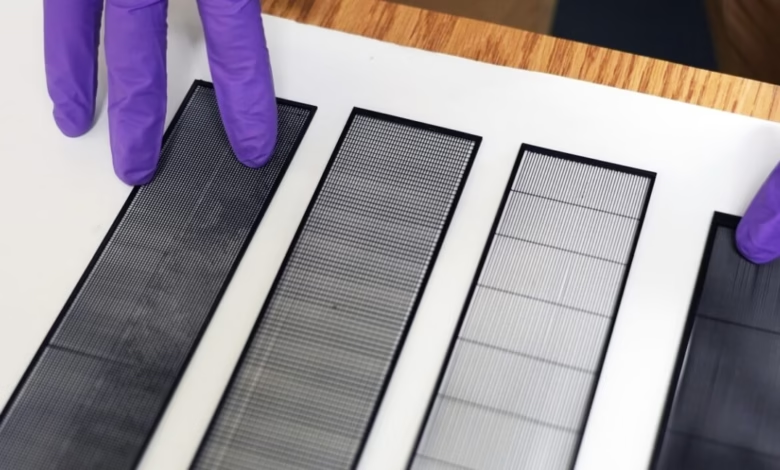VA Tech Scientists Innovate a More Efficient Fog Harp

▼ Summary
– Arid coastal regions prone to fog are ideal for fog-harvesting devices, but standard designs often clog.
– Virginia Tech scientists developed an improved “fog harp” to address clogging issues, as detailed in a recent journal paper.
– Fog harvesting dates back to ancient practices like the Incas and is also seen in Namib desert beetles, which use specialized wing surfaces.
– Modern fog harvesters use mesh nets with hydrophobic or hydrophilic coatings, but efficiency depends on filament and hole size balance.
– The fog harp, inspired by redwoods, uses vertical wires without horizontal ones to prevent clogging and improve water capture.
Scientists have developed an enhanced fog harp design that significantly improves water collection efficiency in arid coastal regions. This innovative approach addresses a critical limitation of traditional fog-harvesting systems by minimizing clogging while maximizing water capture. The breakthrough builds on earlier work by researchers at Virginia Tech, offering a promising solution for communities facing water scarcity.
Fog harvesting isn’t a new concept, , historical records show the Incas used simple methods like placing buckets under trees to collect condensation. Even certain insects, such as the Namib desert beetle, rely on fog condensation for survival. Modern fog harvesters typically use mesh nets with specialized coatings to attract and channel water droplets. However, these systems face a fundamental challenge: smaller mesh openings improve water capture but increase the risk of clogging, while larger openings let too much water escape.
The Virginia Tech team tackled this problem by reimagining the structure entirely. Their 2018 fog harp design replaced conventional mesh with vertical wires, eliminating horizontal crosswires that often trap droplets and reduce efficiency. Inspired by California redwoods, which absorb up to 35% of their water from fog, the harp’s parallel wires mimic the natural efficiency of tree needles.
In their latest study, published in the Journal of Materials Chemistry A, the researchers refined the design further. By optimizing wire spacing and surface treatments, they achieved higher water yields without the clogging issues that plague traditional mesh systems. “The goal was to balance droplet capture and drainage,” explained James Kaindu, a member of the research team. “Too small, and water forms a barrier; too large, and droplets slip through.”
The fog harp’s simplicity and scalability make it particularly valuable for drought-prone areas where conventional water sources are unreliable. Unlike complex filtration systems, it requires no energy input, making it ideal for remote or resource-limited communities. With further testing, this technology could become a lifeline for regions grappling with climate-induced water shortages.
By learning from nature and refining engineering principles, the Virginia Tech team has demonstrated how innovative design can turn a persistent challenge into a sustainable solution. Their work highlights the potential of biomimicry in addressing global water scarcity, offering a blueprint for future advancements in fog harvesting.
(Source: Ars Technica)
